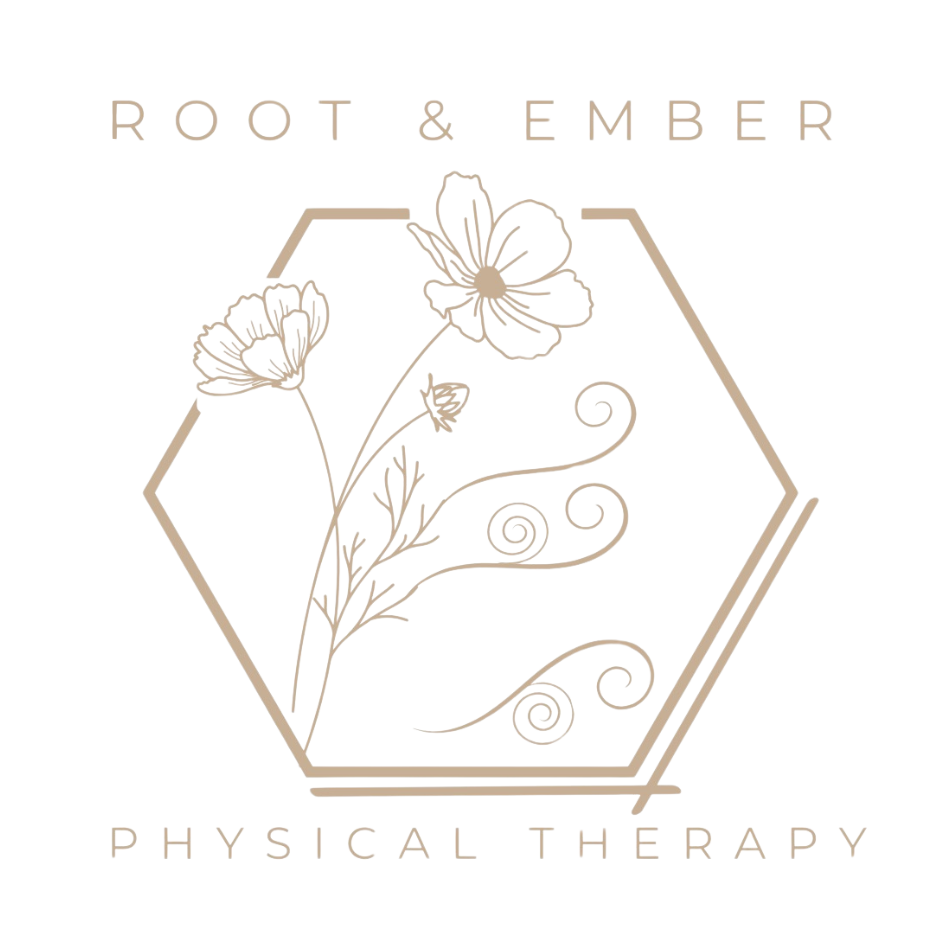SE® Benefits PostPartum
Benefits of Somatic Experiencing® in Postpartum Recovery
The postpartum period is a time of profound change—physically, emotionally, and neurologically. While most discussions focus on physical recovery and infant care, the nervous system’s role in postpartum healing is often overlooked. Somatic Experiencing® (SE®), a body-focused, trauma-informed approach, can be transformative for new parents navigating these changes.
Understanding Somatic Experiencing®
Developed by Dr. Peter Levine, Somatic Experiencing® is a therapeutic approach designed to help the body release trauma and restore natural regulation to the nervous system. Unlike traditional talk therapy, SE® focuses on physical sensations, movement, and awareness, helping the body process stress or traumatic experiences that may still be “stuck” at a cellular level.
Why SE® Matters in Postpartum Recovery
Childbirth is an intense physiological event. Even under the best circumstances, the body experiences stress, pain, and hormonal shifts. For parents who have had traumatic births, complications, or postpartum mood challenges, unresolved stress can manifest as:
Pelvic pain or discomfort
Incontinence or bowel/bladder dysfunction
Muscle tension or postural issues
Anxiety, hypervigilance, or difficulty bonding with the baby
SE® provides tools to gently release these physical and emotional tensions, promoting a smoother, more integrated recovery.
Key Benefits of SE® for New Parents
1. Supports Nervous System Regulation
Postpartum bodies are in a heightened state of alert, responding to sleep deprivation, hormonal changes, and infant care demands. SE® helps reset the nervous system, reducing hyperarousal (feeling constantly “on edge”) and hypoarousal (feeling numb or disconnected).
2. Reduces Pelvic and Core Tension
Trauma, birth interventions, or even natural labor can create persistent tension in the pelvic floor, hips, and lower back. SE® techniques help release these areas safely, often improving pain, mobility, and core function.
3. Enhances Emotional Resilience
By connecting with bodily sensations and learning self-regulation strategies, parents can process difficult emotions more easily. SE® can complement traditional postpartum mental health support by reducing anxiety, depression, or stress-related triggers.
4. Improves Body Awareness and Function
Postpartum recovery isn’t just about healing tissues—it’s about reconnecting with your body. SE® increases awareness of how your body responds to stress, movement, and everyday tasks, helping prevent chronic pain and promote optimal function.
5. Facilitates Trauma Integration
For parents who experienced a traumatic birth, SE® can gently address the physical and emotional residues of that event. This approach helps release trauma safely, allowing the body and mind to move forward rather than remain “stuck” in a fight, flight, or freeze response.
6. Supports Parent-Infant Bonding
When a postpartum parent is able to regulate their nervous system, it can positively impact the ability to bond with their baby. A calmer, more attuned parent can respond more sensitively to the infant’s cues, fostering secure attachment and promoting both emotional connection and developmental benefits for the child.
Incorporating SE® into Your Postpartum Care
SE® can be integrated alongside pelvic floor physical therapy, gentle exercise, and mental health support. Sessions typically involve guided awareness of bodily sensations, movement exercises, and safe strategies to release tension. Many new parents notice improved sleep, decreased pain, and a greater sense of calm, connection with their bodies, and enhanced bonding with their baby after a few sessions.
Final Thought: Postpartum recovery is multifaceted, and honoring your body’s nervous system is just as important as addressing muscles and joints. Somatic Experiencing® offers a compassionate, body-centered approach that supports healing from the inside out, helping parents feel grounded, resilient, and empowered while nurturing a strong bond with their newborn.
